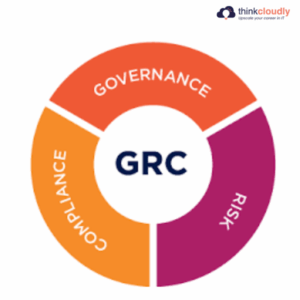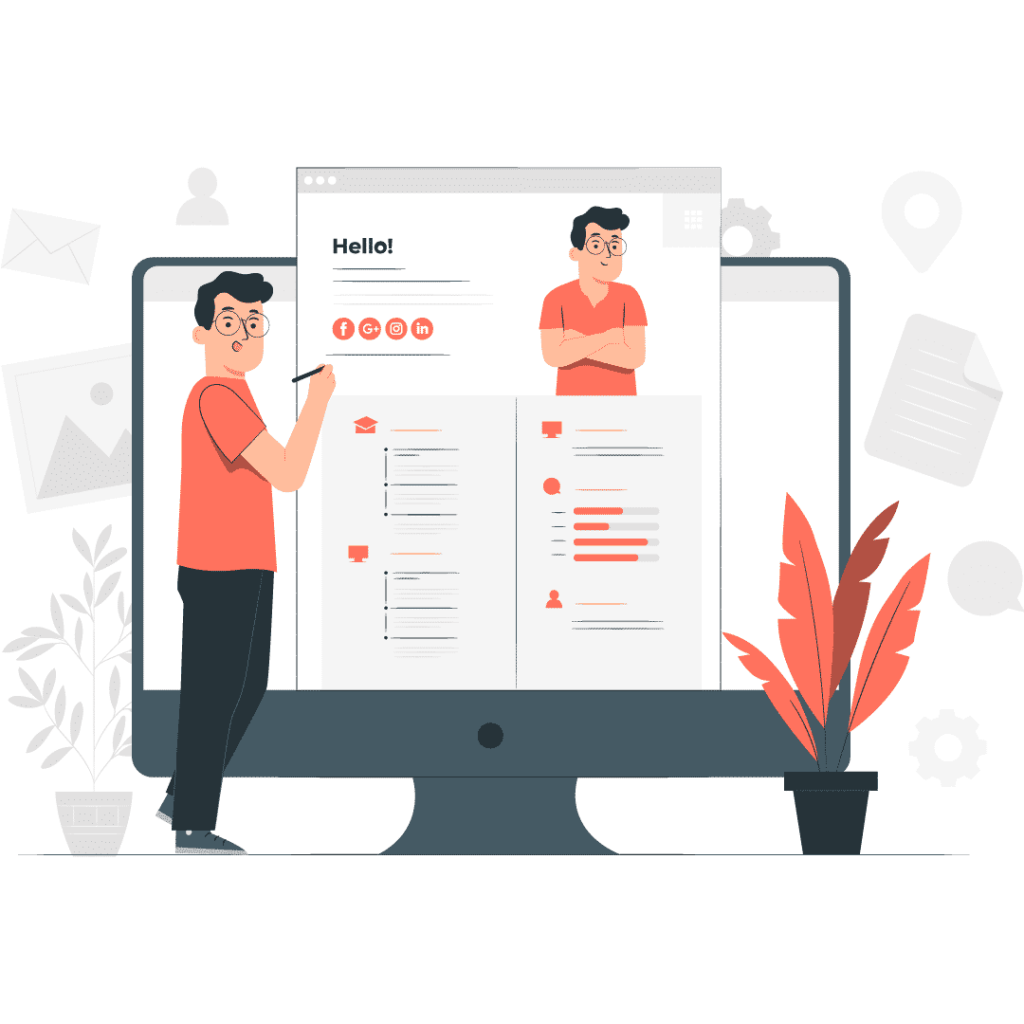If you want to improve the safety and intelligence of your company then GRC integration with your IT systems might alter everything at that point. with the help of GRC integration you can easily manage governance, risk, and compliance across dozens of departments and tools without going crazy .
Organization face an increasing number of laws, cybersecurity threats, and internal risks in the rapidly changing business world today. GRC assist businesses in overcoming these challenges by ensuring they operate ethically, manage risk proactively, and follow relevant regulations. Integrating GRC with enterprise IT systems can transform a reactive, manual process into a proactive and automated one. In this blog, we will explore what it means to integrate GRC with IT systems, why it matters, and how organizations can implement this integration successfully.
What is GRC Integration?
The process of integrating Governance, Risk, and Compliance(GRC) operations with your company’s main IT systems, including cybersecurity platforms, ERP(Enterprise Resource Planning),CRM(Customer Relationship management),and HRM(Human resource Management),is known as GRC integration. and Goal is to streamline data flow, automate controls, improve visibility, and ensure real-time monitoring of risks and compliance.
Why Integrate GRC with IT systems?
Integrating GRC (Governance, Risk, and Compliance) with your IT systems might sound complex or technical, but it simply means making your compliance work and risk smoother, faster, and smarter by using the tools your team already uses every day.
-
Improved efficiency:
Imagine you have to prepare for an audit or check if your company is following certain rules properly or not now there can be two ways manually or you can use any tool but if you are doing it all manually like typing into excel, sending emails and searching through folders for the right data, it takes up a lot of time and energy right? If we are doing all these manually then they can easily make mistakes like entering the wrong numbers or forgetting to update something. These minor mistakes can lead to big issues later, especially in audits or compliance checks. When we integrate the GRC system with tools like finance or HR software, then the system can automatically pull that data from software like SAP. and The biggest advantage of this your team does not have to spend hours just preparing reports or checking for problems. Instead, they can focus on solving real issues and making better decisions. Integration saves time, avoids repetition, and makes the entire process smarter and smoother.
-
Real-Time Risk Monitoring:
When your IT tools are integrated with your GRC system it continuously monitors for any issues, such as data breaches, missed deadlines, or policy violations, shows you updates right away. this is called real-time monitoring. if we integrate the GRC with IT tools then it immediately send an alert and pops up on a dashboard for the manager to see and act, if someone tries to access sensitive data without permission.
-
Enhanced Decision-Making:
Suppose you are trying to solve a puzzle, but all the pieces are scattered across different rooms. It would be hard to see the full picture, right?
The same thing happens in companies when data is stored separately in different departments, like HR has one system, Finance has another, IT uses something else and so on. But when you integrate your GRC system with all these departments, you bring all the important data into one place and that gives leaders a complete and accurate view of what is really happening in the business.
-
Regulatory Compliance:
Every business needs to follow certain rules and regulations depending on the industry.
For example, SOX deals with financial reporting and HIPAA protects health information; these all rules are called regulatory compliance. If you integrate the GRC system with IT tools, it becomes much easier to follow these rules.it reduce manually work like creating reports or gathering data for audits with the help of GRC system can automatically collect the all needed information and prepare reports, it also lowers the chances of mistakes missed deadlines or penalties this integration makes compliant faster, easier, and more accurate.
-
Consistency and Standardization:
When organization uses a variety of tools or teams work independently, people may follow divers of technologies even for the same activity, this leads to misunderstanding, mistakes and inefficiency. We can remove this problem by integrating the GRC system with core IT platforms like HR, Finance, Cybersecurity. organization guarantee that the same policies, processes are applied uniformly across all departments.
Challenges of GRC Integration
When we integrate the GRC system with the existing IT system offers certain challenges .
-
Data Privacy and Security Concerns
In a Company, a lot of Confidential information flows between different departments and software , when integrating GRC systems with other IT platforms. This data may include customer details, financial transactions, passwords, private company strategies.
There is a high risk that this data could be exposed to hackers or unauthorized users, if the integration process is not done properly or securely. Not only can this damage company’s reputation, but it can also result in data breaches and legal penalties under strict privacy laws GDPR or HIPAA act. To avoid such kind of risks companies mostly use strong encryption, access controls to ensure data is transferred and stored securely. It is also important to audit and monitor the integrated system regularly to check whether they comply with privacy regulation or not.
-
Complexity of IT infrastructure
Managing the complexity of a company’s current technology is one of the biggest challenge to integrate GRC with IT systems. Many organization still using older systems and these software and hardware were not designed to work with moderns tools and technology .New technologies and integration tools like APIs, are frequently not supported by these systems.
When we try to connect a new GRC platform to these old systems becomes complicated and time-consuming task .Because these systems might store data in outdated formats , which make hard to share information across departments. Integrating GRC becomes a major project without a flexible and modern It infrastructure result in slow down progress, require a lot of effort and delay the return on investment.
-
High Initial Cost
An organization must take a sizable or upfront investment order to integrate GRC solutions into its current infrastructure. initial expenses can be a burden , especially for small and medium sized business, even though this integration increases productivity and reduces long-term costs. For example, when we buy solar panels, the initial cost may be high, but in future you save more money.
-
Lack of Internal Expertise
Integrating GRC tools with existing IT systems is not an easy task .It requires solid knowledge of both technical and functional. Many organizations, especially small or mid-sized ones may not have team members who are proficient in both areas. their IT staff may be strong in technology but may not fully understand GRC processes.
As a result, companies may need to spend more money to hire outside consultant or invest in training program which add the time and cost.
-
Change Resistance
Employee behavior changes when an organization introduces a new GRC system. For example, they have to switch from Excel sheets paper work to a new dashboard or reporting tool. When a new system is introduces, they may feel uncertain, frustrated and some might worry that the new system is too complicated This fear and hesitation can lead to resistance, where employees avoid using new system. This can slow down the integration process and reduce its effectiveness. To solve this problem companies must provide the training and involve employees early in the change process.
Conclusion
Modern firms or businesses that wish to remain safe ,compliant and efficient must integrate GRC with enterprise IT systems; it is no longer a choice. Running a business is not just about making sales or hitting targets today. It’s also about staying secure and being prepared for anything that could go wrong, that’s where integrating GRC with your existing IT systems become a game-changer. With GRC integration your business can spot risks before they become problems, it’s like upgrading your operations from a basic mobile phone to a smart one. So, plan it right, train your team, and choose the tools that fit your business no matter your company’s size. GRC integration can help your work smarter and that is something every business should aim for in 2025.





No comment yet, add your voice below!